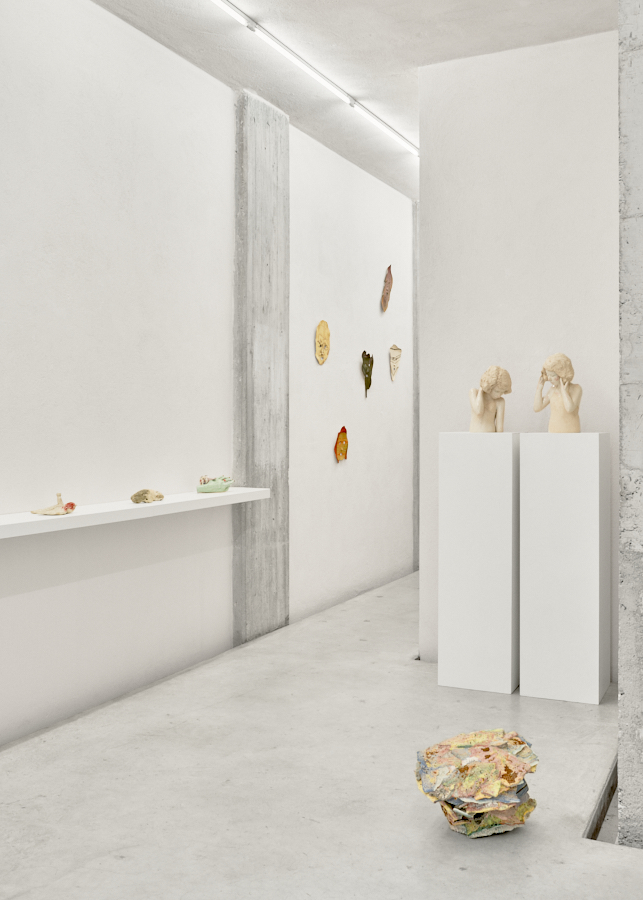
The group show Keramikos records the extreme vitality of the current artistic ceramic production through artworks by 20+1 international contemporary artists. The starting points are T42 by Mona Hatoum and Coppette by Fausto Melotti, works that are diametrically opposed in terms of poetics and research. The invited artists, starting from divergent assumptions, operate between conceptual processes and lyrical manual skill.
Ancient, contemporary, flamboyant, eccentric, emancipatory and different, ceramics play with sculpture, as in ancient times, the Greeks played with marble, decorating it, painting it and making it multicolored and colorful. What we have always thought of the monochrome and icy beauty of a colorless statue was a deception perpetrated by the rain on ancient monuments and statues which, washed away by rainwater, lost their colors and were brought to a whiteness never imagined by whoever carved them.
Not ceramic. It is born iridescent and cheerful, it is born soft and becomes rigid, it is born shaped by hands and moulds, it is born unique and multiple. It is in these in nite possibilities that contemporary artists have re-appropriated a means capable of defining and re-appropriating freedom. Giuseppe Penone, Johan Creten, Miquel Barcelo, Barthélémy Toguo, Fabrice Hyber and many others, such as the winner of the Turner Prize, Greyson Perry, have rediscovered in ceramics the ideal place to feel matter become work through the hands. This exhibition is only a fragment of the vitality of the use of ceramics today.
The invited artists all belong to the new international generations who, using this medium, are reclaiming manual work, reinventing space and the world, in their “own image”, and redefining the boundaries of childhood, the poetic and the fantastic. I have been following the evolution of this medium into art for a long time, collecting it, studying it and participating in its production by visiting Italian and international studios, kilns and ceramic laboratories, from Sevres to Faenza, from Albisola to Vietri. Only today, however, I find myself faced with a common feeling among the invited artists who, even if they don’t want to and belong to such different latitudes, I could say that they are giving life to a new school of aesthetic thought.
It will be evident that many of them touch on themes of childhood, dreams and the fantastic, where, however, personal, social and generational problems can also be seen. A desire unites them: that of re-creating a school of thought in which the person, the Man, confronts himself with other Men to rede ne everyone’s existence.
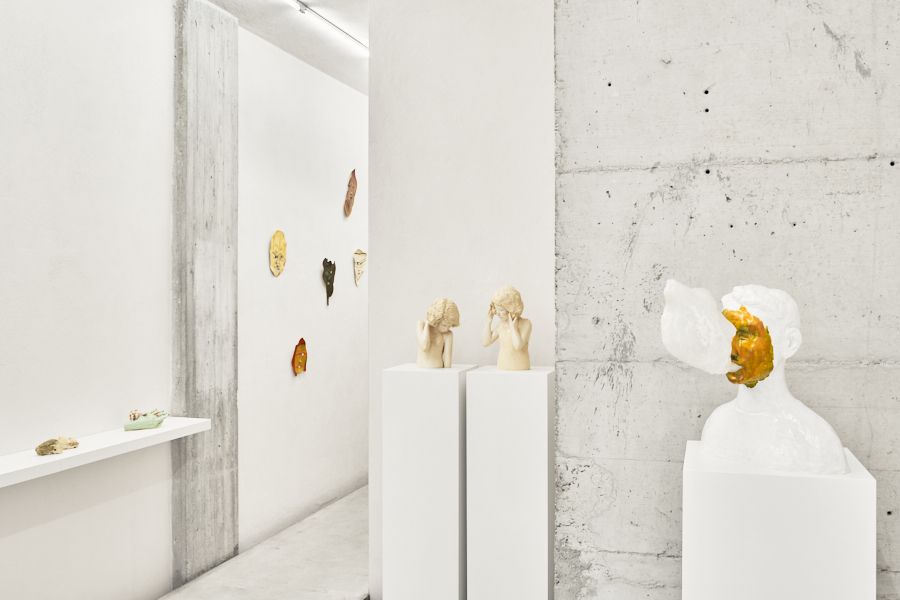
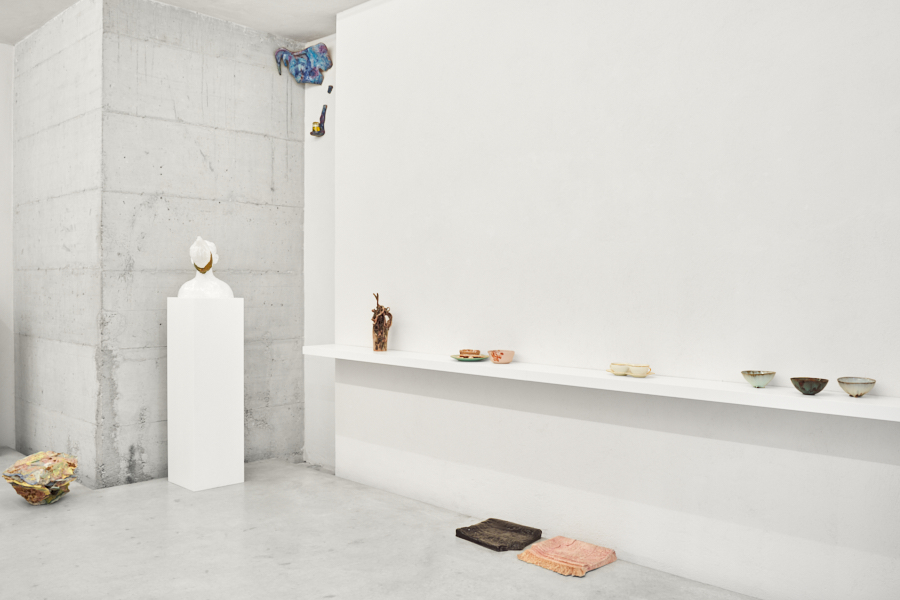
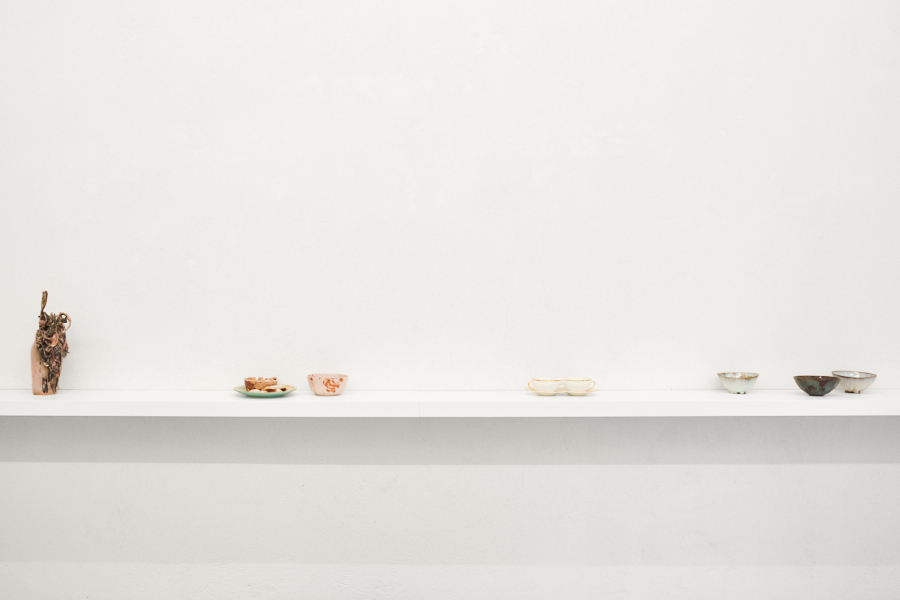

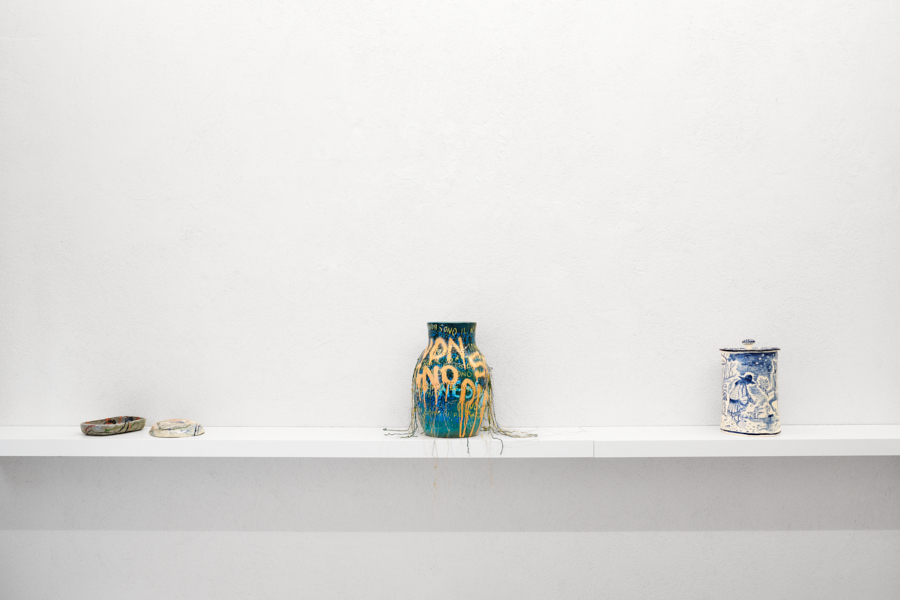
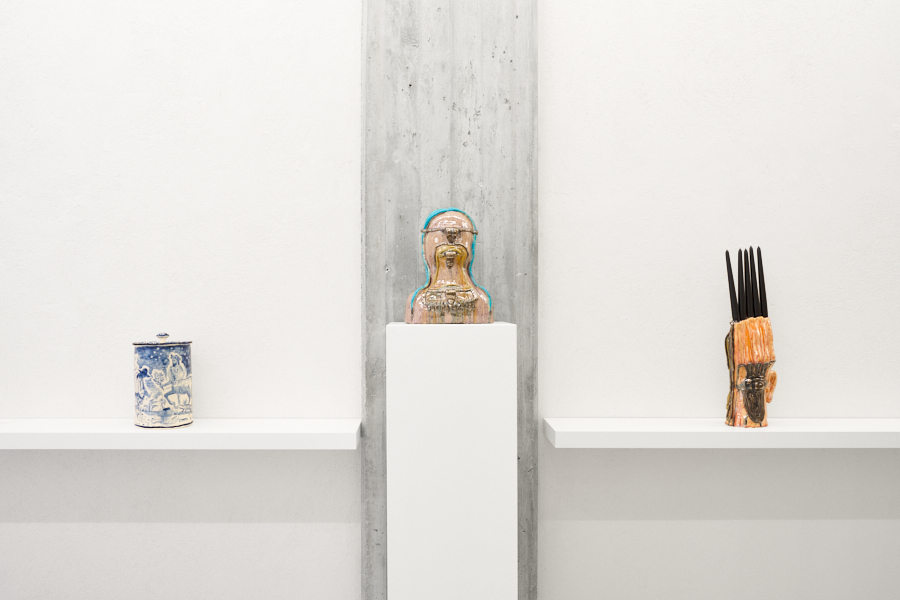
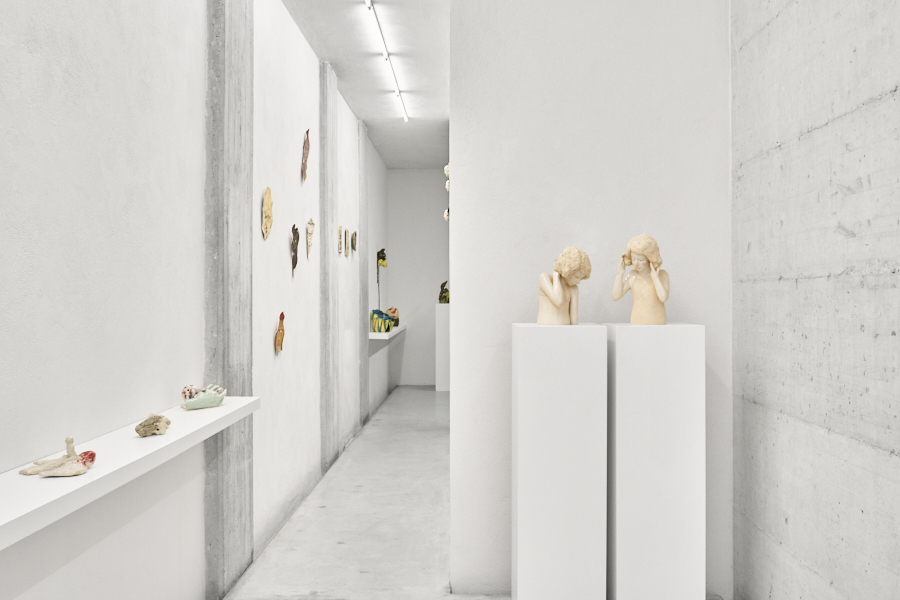
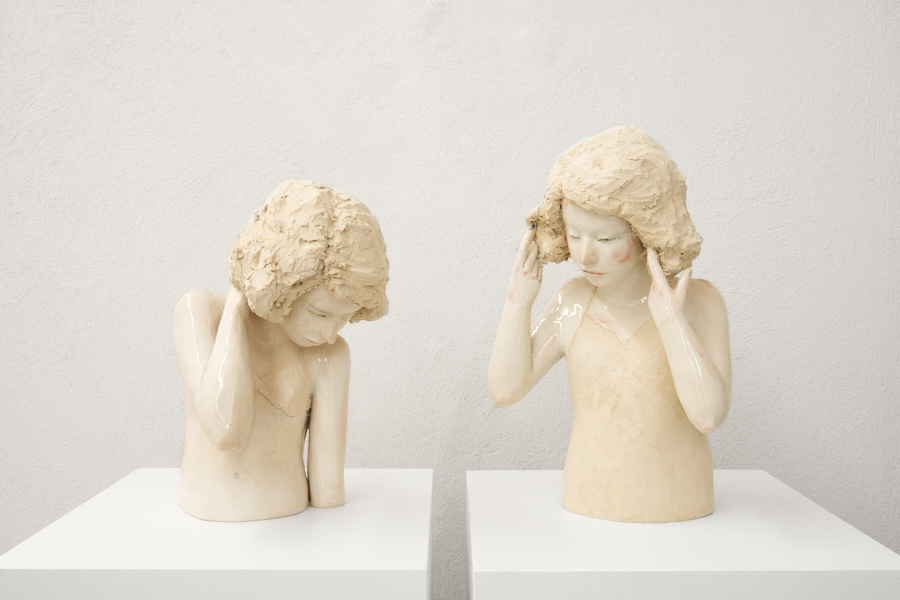
Julia Haumont, Untitled (bust no. 8), 2019, glazed ceramic, 32x13x17 cm (left) and Untitled (bust no. 12) , 2021, glazed ceramic, 38x13x17 cm (right)
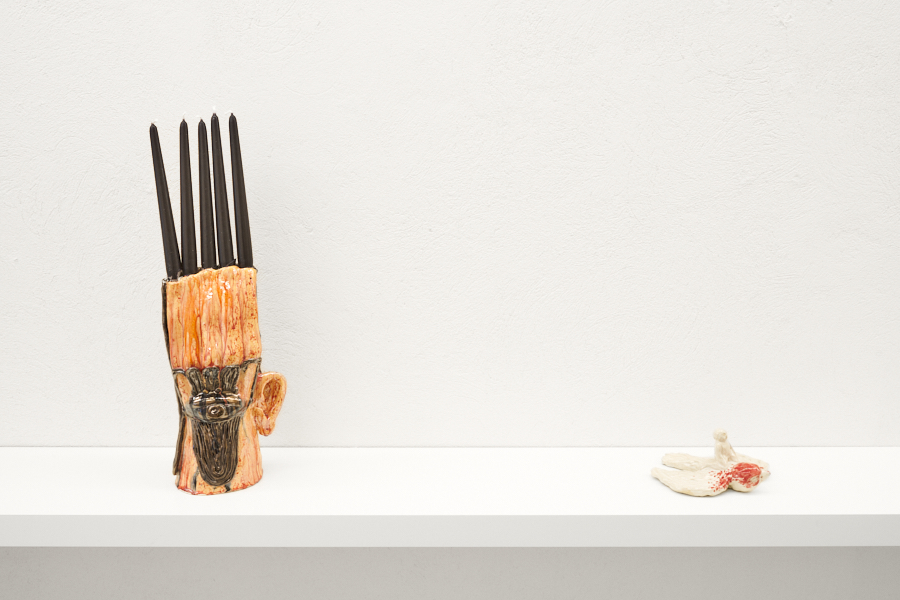
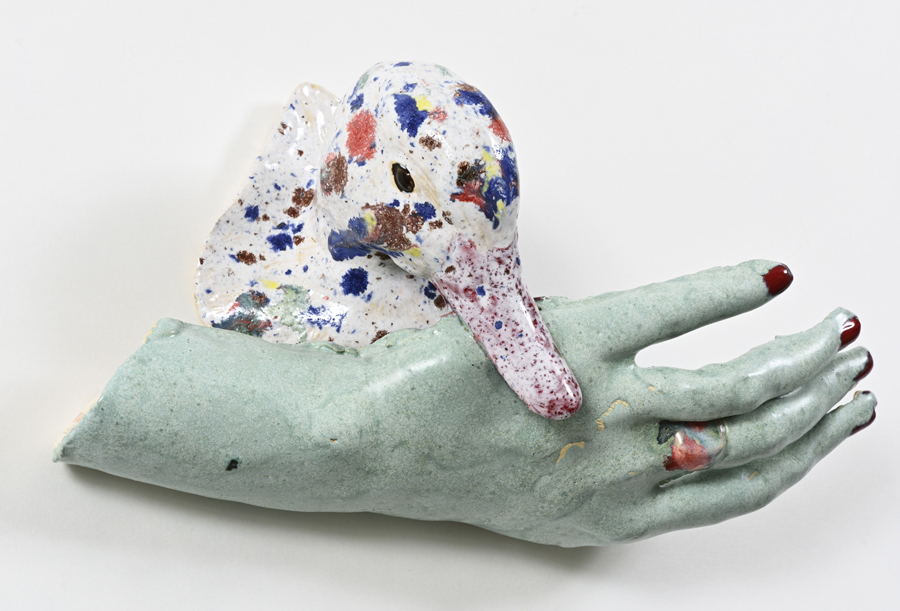
Edith Karlson, Vox Populi, 2020, ceramic, 10x18x10 cm
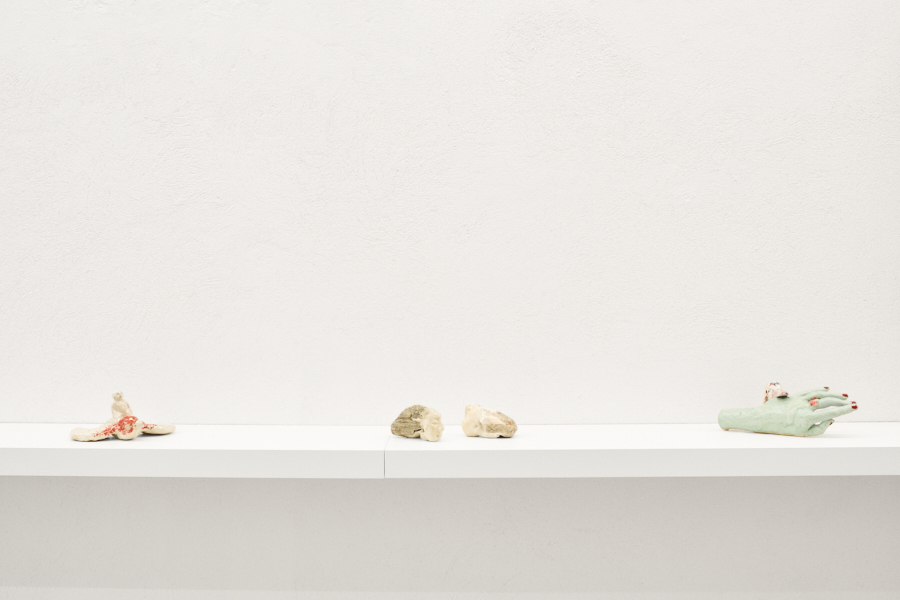

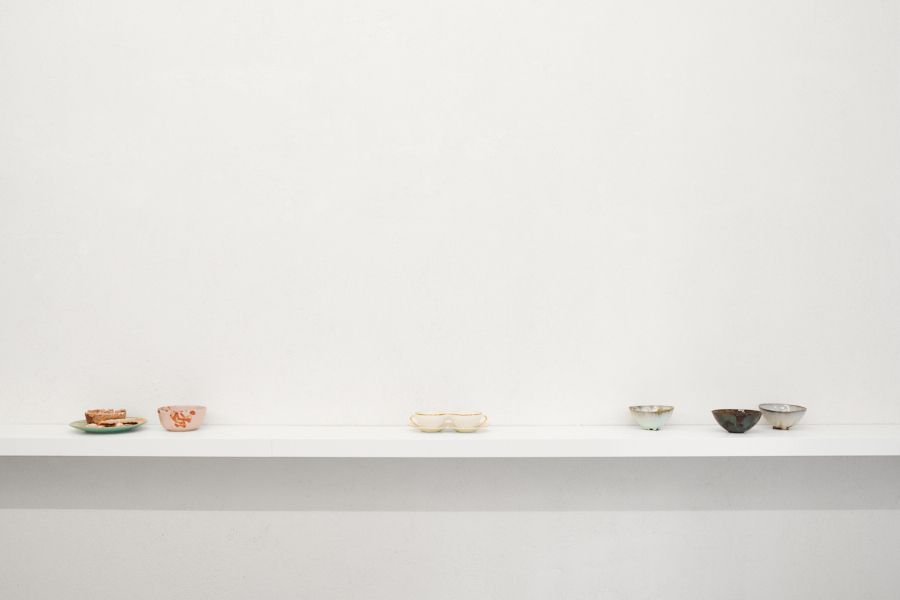
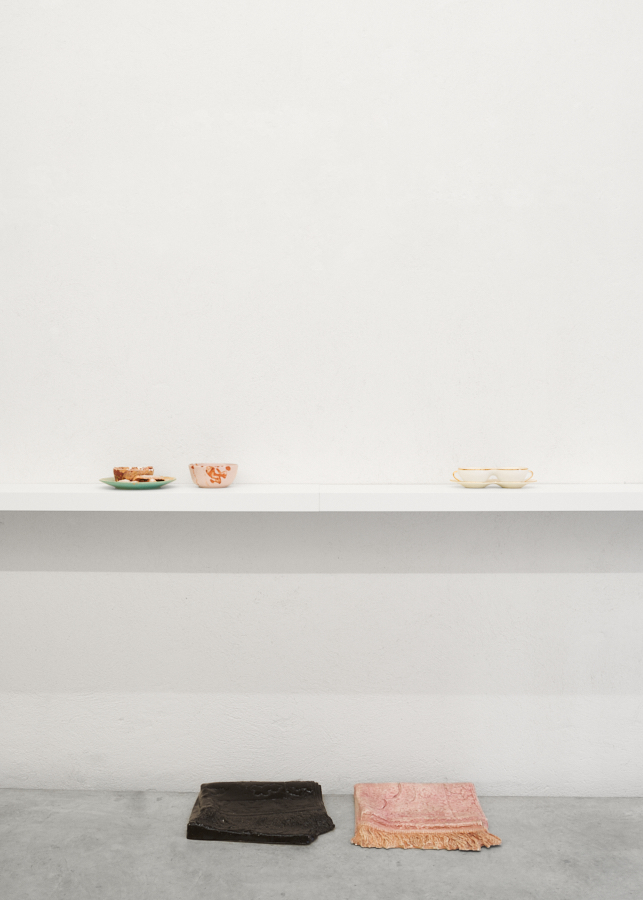
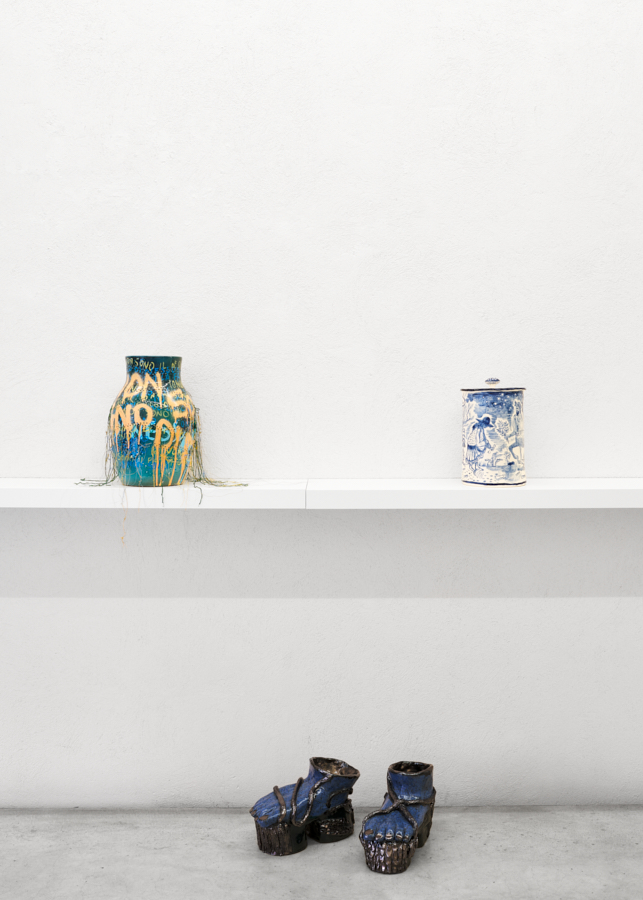
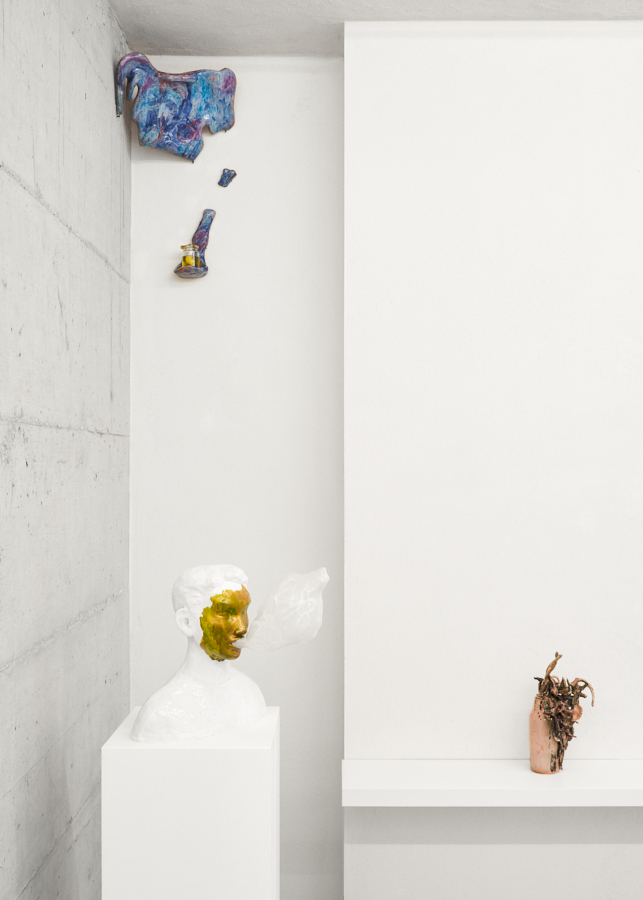
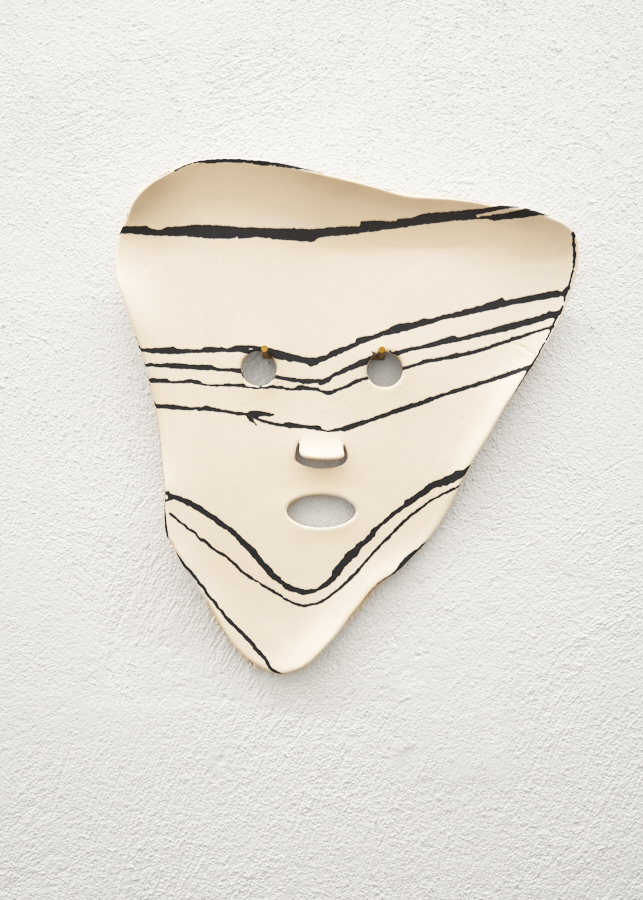
David Casini, work from the series Gli Arlecchini, 2019, ceramic and photoceramic, var. dim.
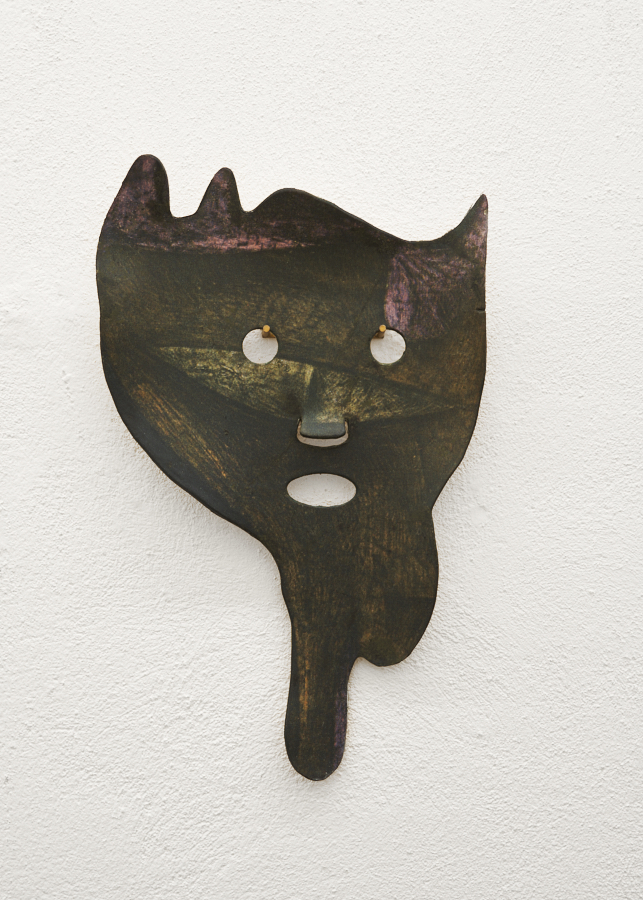
David Casini, work from the series Gli Arlecchini, 2019, ceramic and photoceramic, var. dim.
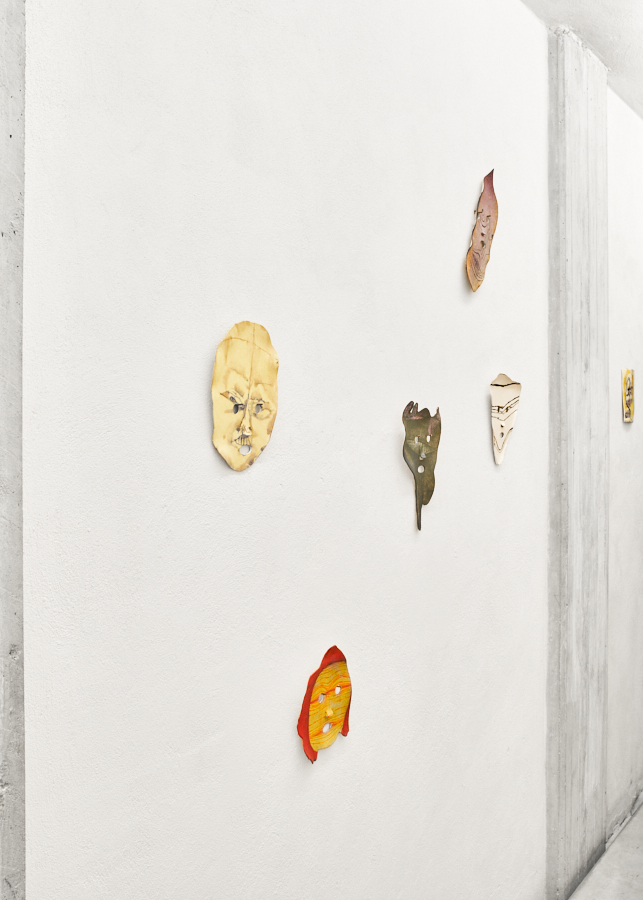
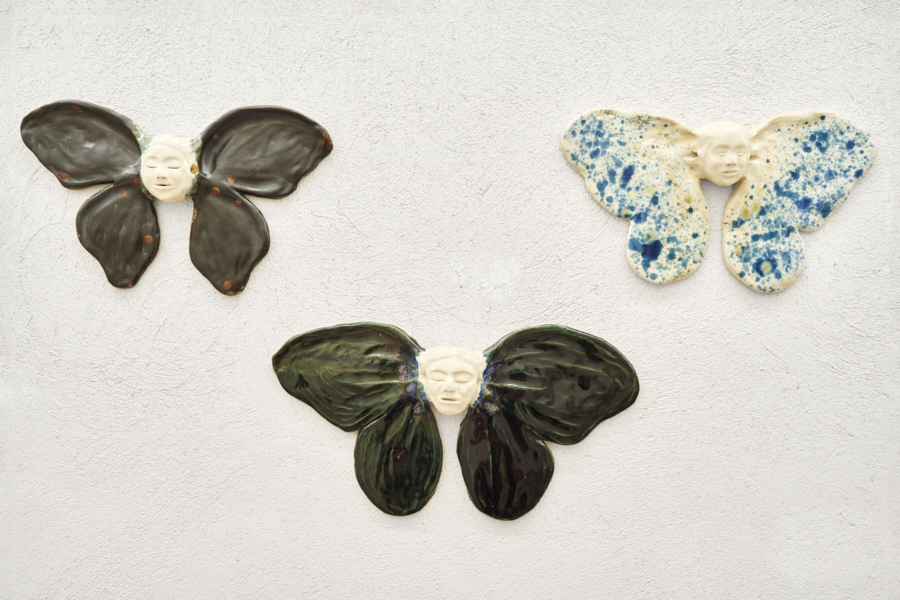
Odonchimeg Davaadorj, works from the series Hera in concreto, 2022, glazed clay, var. dim.
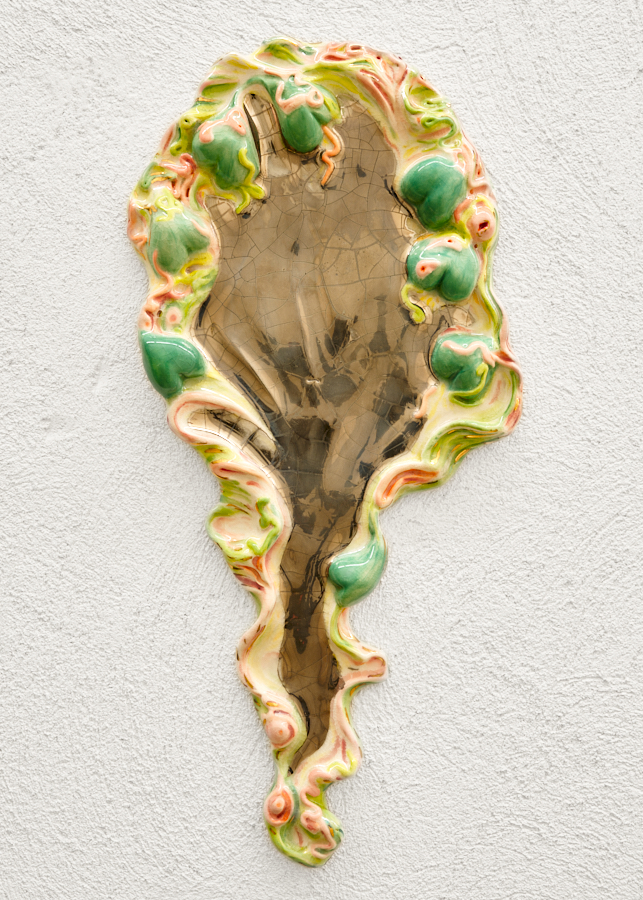
Zoe Williams, Green bum, 2019, hand glazed ceramic, 41x20x3 cm
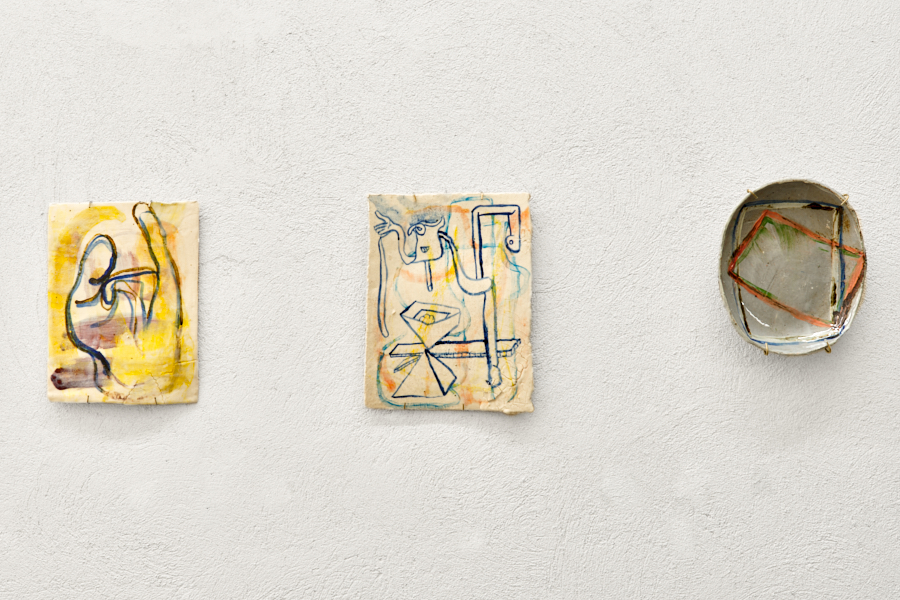
Santiago Cucullu, Hands of forward bend, 2017, triptych, ceramic, 21x96 cm
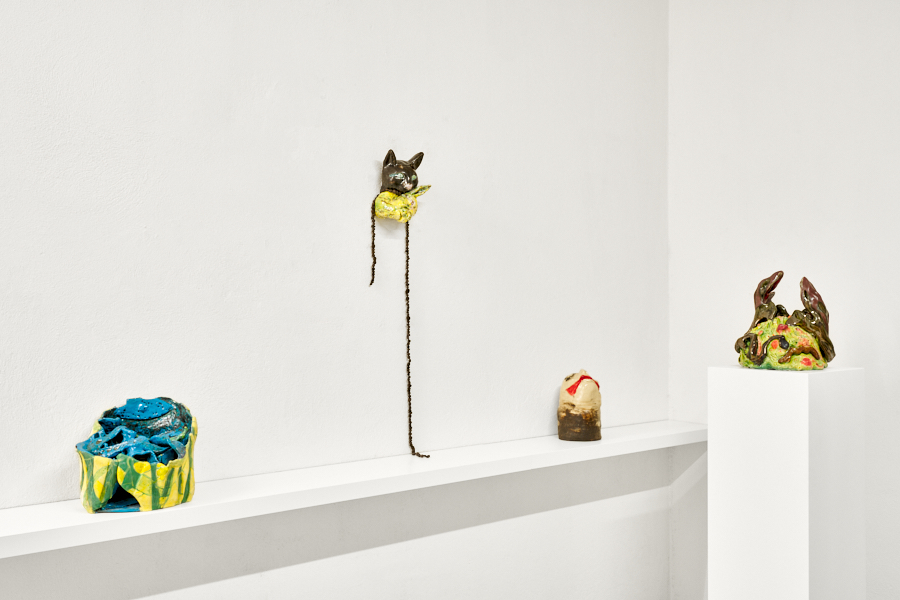
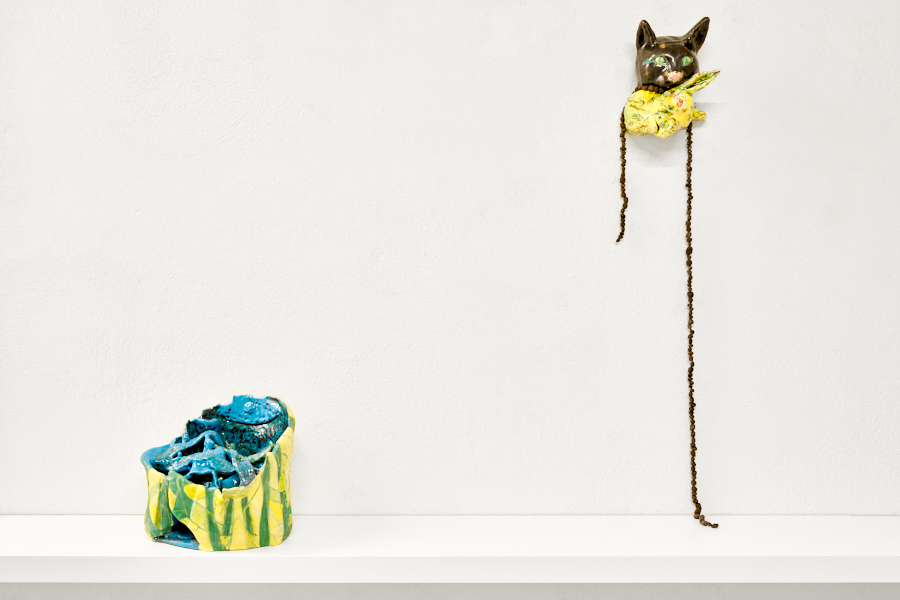
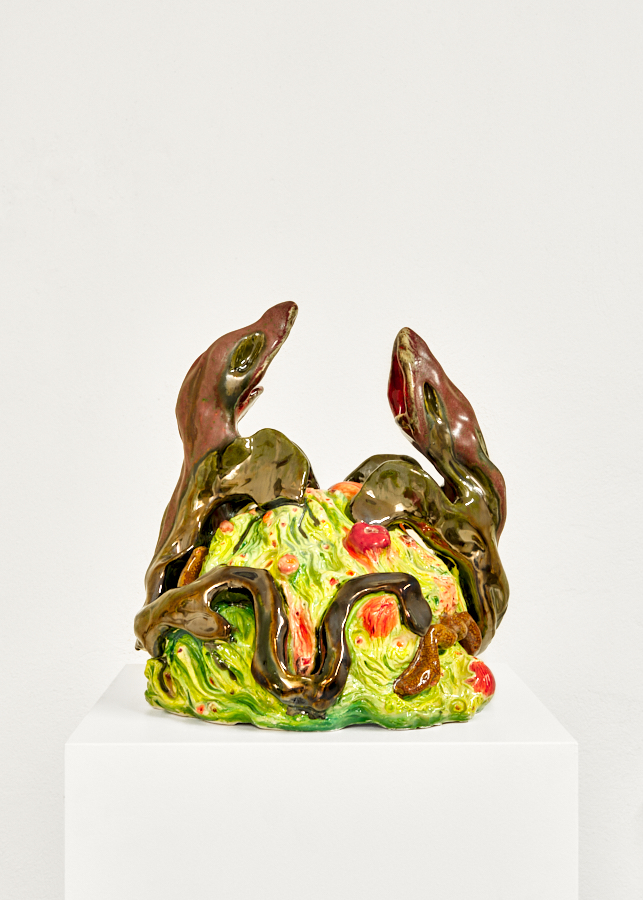
Zoe Williams, Dog fish lovers, 2020, hand glazed ceramic
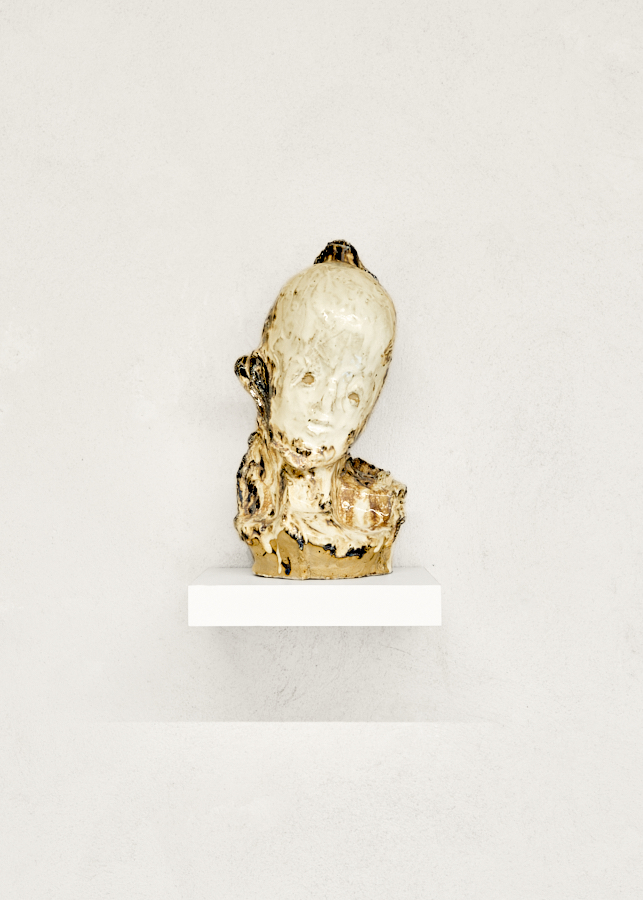
Johan Tahon, Ewer, 2022, stoneware ceramic, 34x18x19 cm
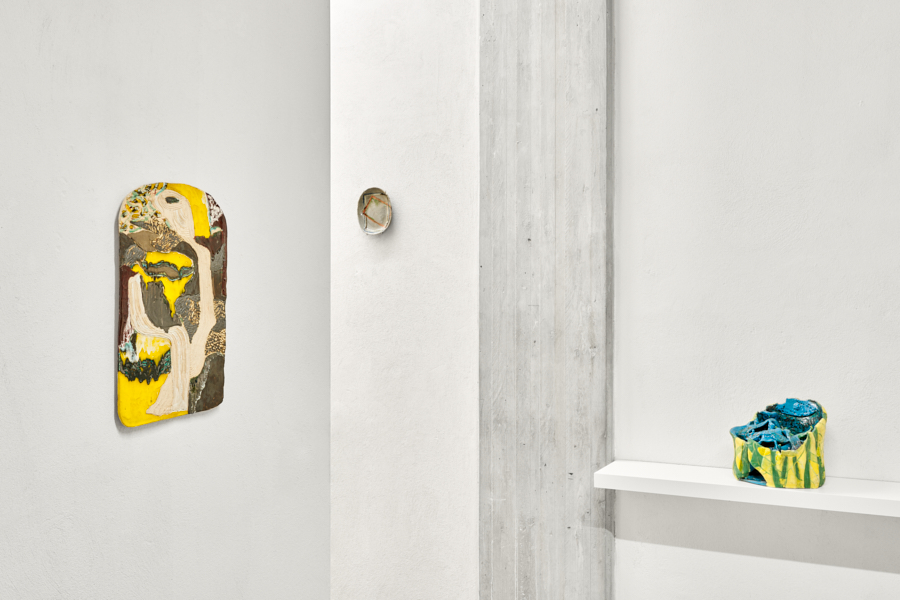
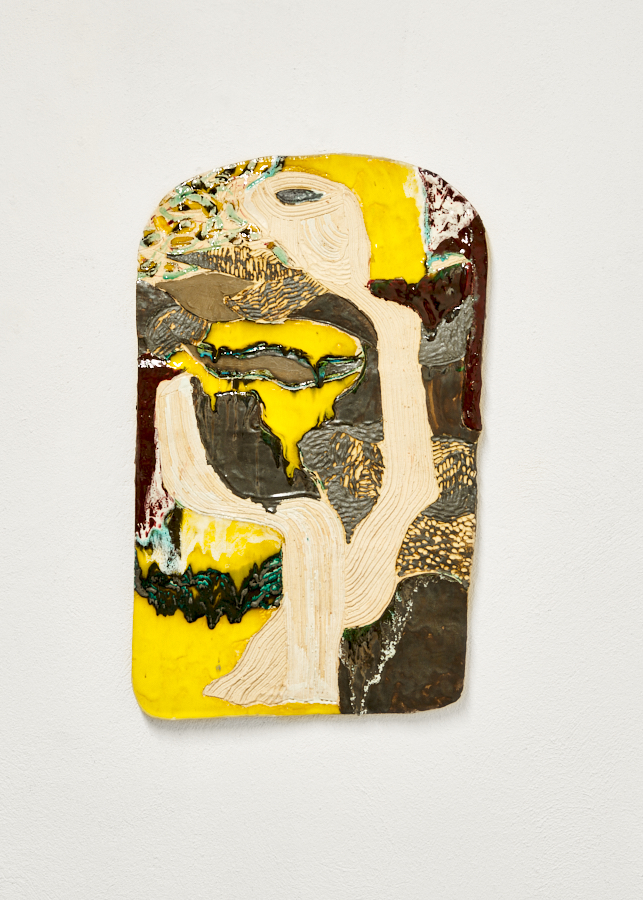
Alessandro Roma, Untitled, 2017, semi-refractory glazed ceramic, 56,5x34,5 cm
